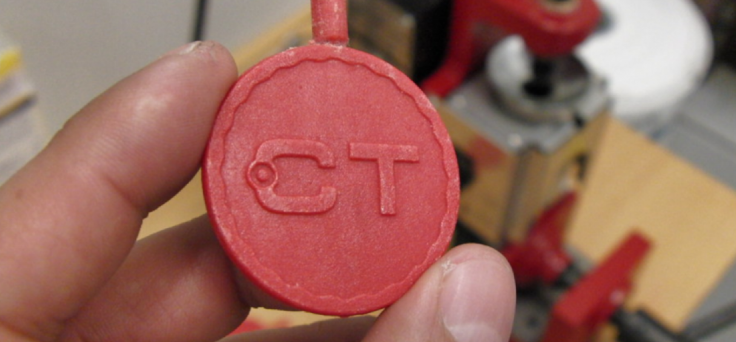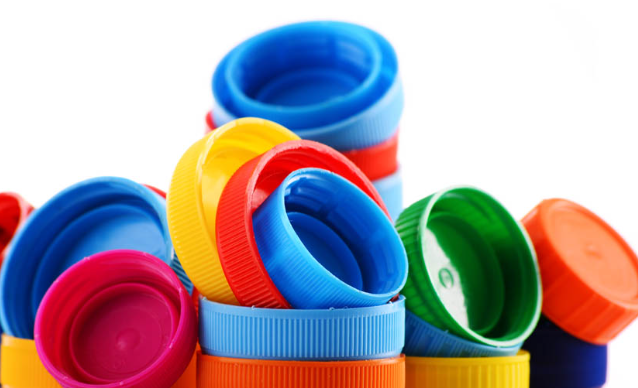Rotomolding can be cheaper for low-volume, large items; injection molding excels at high-volume, precision parts.

Understanding Rotomolding
Rotomolding, short for rotational molding, involves creating hollow, seamless plastic products with a high level of flexibility in terms of shape and size.
The Rotomolding Process
- Load the plastic resin in powder form into the mold.
- Heat the mold in an oven while rotating it bi-axially.
- Cool the mold under controlled conditions to solidify the product.
- Remove the finished part from the mold once it has cooled and solidified.
Materials Commonly Used in Rotomolding
- Polyethylene variants, notably High-Density Polyethylene (HDPE), for their durability and chemical resistance.
- Polypropylene for its toughness and resistance to chemical solvents and acids.
- Nylon for its strength and temperature resistance.
Applications of Rotomolding
- Storage tanks for chemicals and water due to their corrosion resistance and strength.
- Durable automotive parts, including dashboards and fuel tanks.
- Recreational products like kayaks and playground slides, benefiting from the durability and versatility of rotomolded plastics.
- Custom and short-run products where tooling costs need minimization.
Understanding Injection Molding
Injection molding is a manufacturing process used extensively for producing parts by injecting molten material into a mold. This process allows for high-volume production of parts with complex geometries and excellent surface finish.
The Injection Molding Process
- Melt plastic granules to a viscous fluid inside an injection molding machine.
- Inject the molten plastic into a pre-designed mold cavity at high pressure.
- Hold the material in place until it cools and solidifies into the final part’s shape.
- Eject the cooled part from the mold for finishing touches or post-processing.
Materials Commonly Used in Injection Molding
- Thermoplastics like ABS (Acrylonitrile Butadiene Styrene) for its good mechanical properties and ease of processing. ABS has a melting temperature of approximately 200°C and molding shrinkage around 0.5%.
- Polyamide (Nylon) is chosen for its high strength and temperature resistance, typically withstanding temperatures up to 150°C and possessing tensile strength of up to 85 MPa.
- Polycarbonate for its impact strength and transparency, withstanding temperatures up to 147°C and having a tensile strength of up to 70 MPa.
Applications of Injection Molding
- Consumer electronics, where precision and high-volume production are paramount, for instance, keyboard keys requiring an actuation force of 50-80 grams and a lifecycle of 5 million presses.
- Automotive components, which require durability and precision, such as a car bumper with energy absorption of 5 kJ/m² and a tolerance specification of ±0.5 mm.
- Medical devices, where sterilization and material compatibility are critical, for example, syringes that must withstand a force of 30 N during use and have a volume variance of less than 1%.
Cost Factors in Manufacturing
Understanding the various cost factors in manufacturing is crucial for assessing the overall expense of producing items, whether it’s through rotomolding, injection molding, or any other method.
Initial Setup Costs
- Machinery purchase or lease, which can cost from $50,000 to $300,000 for injection molding.
- Custom mold tooling, ranging from $1,000 to $80,000.
- Facility setup costs, potentially running into hundreds of thousands of dollars.
Material Costs
- Thermoplastic prices vary from $0.50 to $15 per pound.
- Metal prices, such as steel, range from $0.30 to $2.00 per pound, with precious metals like copper costing more.
Labor Costs
- Average hourly wage for a U.S. manufacturing worker is between $20 and $30.
- Automation can reduce labor costs but may require a high initial investment.
Production Speed
- Injection molding machines’ cycle times range from 2 seconds to 2 minutes per part.
- Faster production speeds can significantly reduce the unit cost of items.
Waste and Recyclability
- Up to 5% of materials used in processes like injection molding can become waste.
- Recycling can mitigate waste management costs but may involve additional processing fees.
Comparative Analysis of Rotomolding and Injection Molding
Analyzing the differences between rotomolding and injection molding is key to making informed decisions for product manufacturing based on various factors such as initial investment, unit cost, efficiency, quality, and design capabilities.
Initial Investment Comparison
For rotomolding, initial investment typically includes the cost of the mold and the rotomolding machine. Molds for rotomolding are generally cheaper than those for injection molding, often costing a few thousand dollars, as they can be made from less expensive materials like aluminum due to lower operating pressures. In contrast, injection molding requires high-precision tools that can withstand high pressures, with costs ranging from $1,000 to $80,000.
Unit Cost Analysis
Unit costs in rotomolding are often higher than injection molding for large volume production due to slower cycle times. However, for small to medium runs, rotomolding can be more cost-effective due to lower initial mold costs. Injection molding, on the other hand, is more advantageous for high-volume production as the cost per part decreases significantly with the number of parts produced.

Efficiency and Production Volume
Injection molding is typically more efficient than rotomolding, with cycle times that can be as short as a few seconds per part compared to rotomolding, which can take up to a few hours per cycle. However, rotomolding has advantages in producing large, hollow parts and can be more cost-efficient for low to medium volume productions.
Quality and Precision of Final Products
Injection molding generally offers higher precision and better control over part quality due to high-pressure injection that allows for finer details in the mold. This method is known for producing parts with tight tolerances and repeatability. Rotomolded parts, while still of high quality, may exhibit more variability and less complexity in their designs due to the nature of the molding process.
Design Flexibility and Complexity
Rotomolding allows for more design flexibility for large and complex hollow parts, such as tanks and large containers. The process can mold large pieces with consistent wall thicknesses and can incorporate features like inserts, threads, and double wall constructions relatively easily. Injection molding offers less flexibility for large hollow parts but is excellent for producing complex designs with intricate geometries and details.
Case Studies: Cost Efficiency in Action
Examining real-world applications demonstrates the cost efficiencies and considerations when choosing between rotomolding and injection molding for production needs.
Case Study: Rotomolding for Large Containers
A manufacturer specializing in large polyethylene storage tanks found that rotomolding was the most cost-effective method for their production. The rotomolding process allowed for consistent wall thickness and the strength required for large tanks, each with a capacity of 10,000 liters. The initial investment for the mold was approximately $15,000, which is significantly lower than what an equivalent injection mold would cost.
The production cycle for each tank was around 3 hours, with a material cost of $0.90 per pound for the polyethylene used. The labor cost for monitoring the rotomolding process was minimal, as it required less manual intervention compared to other methods. Despite the longer cycle times, the lower initial investment and material costs resulted in a unit cost that was well-suited for their medium-volume production runs, which did not justify the high initial costs associated with injection molding for such large items.
Case Study: Injection Molding for High-Precision Parts
A tech company required high-precision components for a new electronic device. The parts needed to have exact dimensions with a tolerance of +/- 0.001 inches, which made injection molding the preferred choice due to its precision. The initial cost for creating a high-precision steel mold was $65,000, but this was justified by the high volume of parts required – over 500,000 units.
The materials used were a high-grade thermoplastic with a cost of $1.20 per pound, and the injection molding cycle time per part was 25 seconds. This efficiency in production speed drastically reduced the labor costs, which were further minimized by utilizing automated systems for part removal and quality control.
The unit cost, when factoring in the high volume, came down to $0.35 per part, which included material, labor, and amortized mold costs. This cost efficiency and the ability to maintain high-quality standards over a large production run showcased the strengths of injection molding for high-volume, precision-oriented components.




